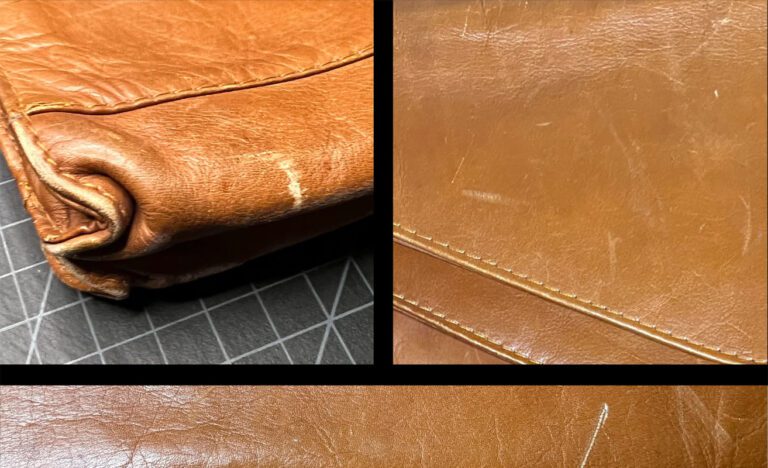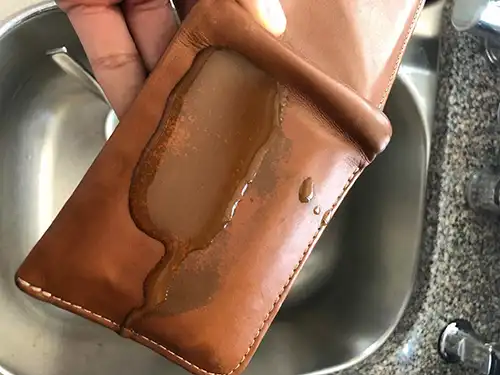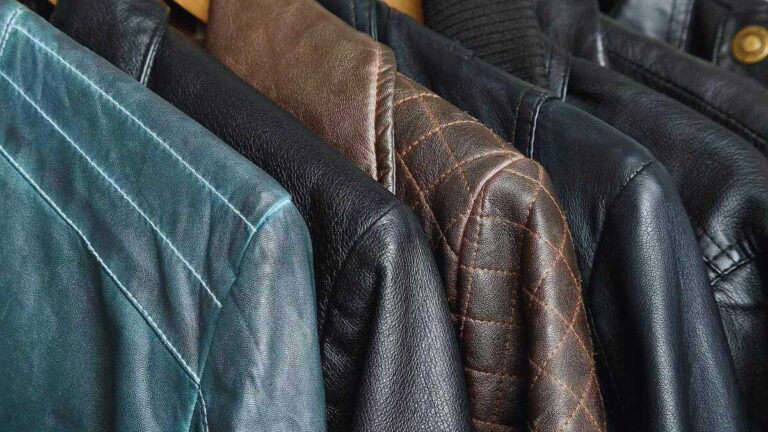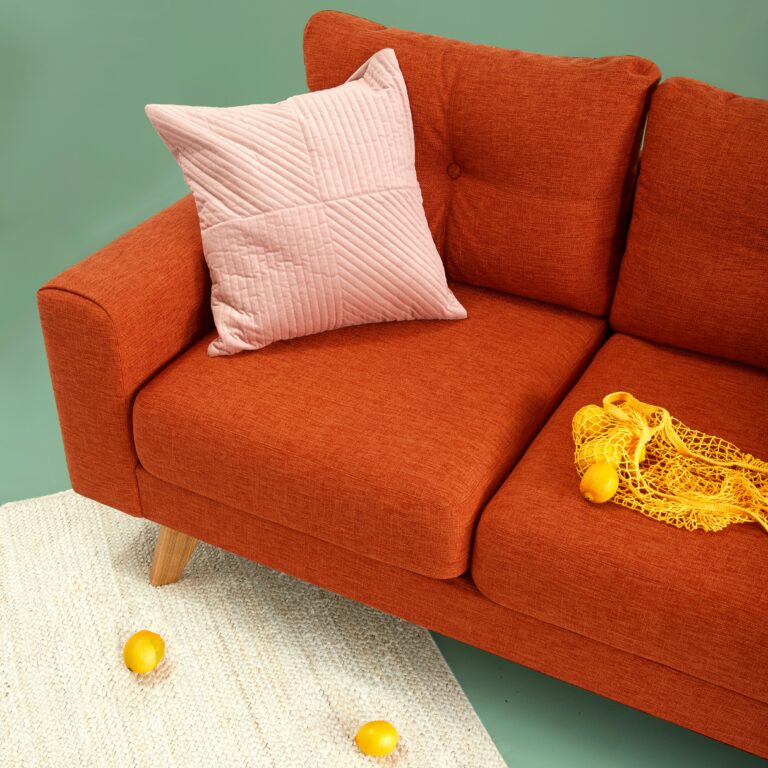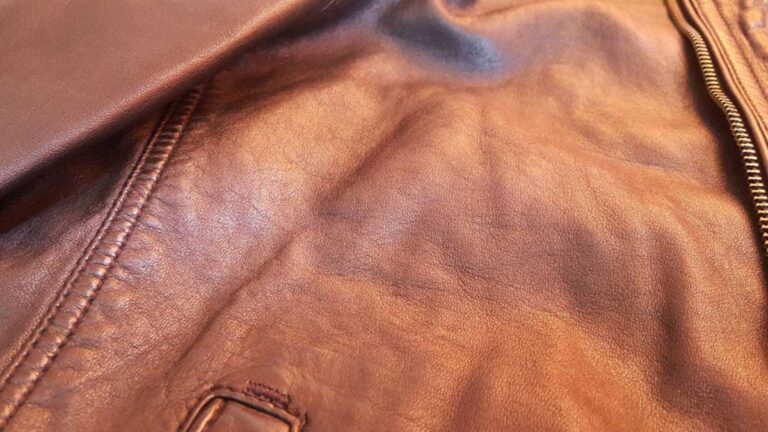Cracking the Code: Is Faux Leather Truly Vegan?
Understanding Faux Leather
To fully understand whether faux leather is truly vegan, it’s important to explore its properties and applications. This knowledge will help you make informed decisions about your leather purchases.
Properties of Faux Leather
Faux leather, also known as synthetic leather, is a petroleum-based alternative to genuine leather. Unlike genuine leather, which is sourced from animal hides, faux leather is made from artificial materials. This makes it a popular choice for those looking to avoid animal products. Historically, faux leather has evolved significantly, gaining prominence starting in 1400s China and becoming widely recognized in the 1920s with the development of “Naugahyde” in America (Leather Skin Shop).
Faux leather differs from real leather in several key ways:
- Material Composition: Made from polyurethane (PU) or polyvinyl chloride (PVC).
- Affordability: Typically more budget-friendly compared to genuine leather.
- Durability: Although faux leather has a shorter lifespan than real leather, high-quality versions can be stable, water-resistant, and soft (Leather Skin Shop).
Applications of Faux Leather
Faux leather is versatile and can be used in various applications, providing a cost-effective and low-maintenance alternative to real leather. Its ability to mimic the look and feel of genuine leather makes it suitable for numerous products:
| Application | Examples |
|---|---|
| Fashion | Jackets, bags, shoes |
| Furniture | Sofas, chairs |
| Automotive | Car seats, interior trims |
- Fashion: Faux leather is widely used in the fashion industry to create items such as jackets, shoes, and bags. The ability to produce faux leather in different textures and colors adds to its appeal.
- Furniture: Home and office furniture often utilize faux leather for upholstery. Its durability and easy maintenance make it an attractive option for sofas, chairs, and other furniture pieces.
- Automotive: In the automotive industry, faux leather is used for car seats and interior detailing. It provides a sleek and sophisticated look while being easier to clean and maintain compared to genuine leather.
When considering cleaning and maintaining your faux leather items, it’s important to refer to specific guidelines. For example, learning how to repair peeling faux leather bag or how to remove smell from leather jacket can extend the lifespan of your products.
By understanding the properties and applications of faux leather, you can make more informed choices about whether it suits your needs and lifestyle. Explore our other articles for insights into maintaining your leather items, whether faux or genuine, such as why does leather crack and peel or how to soften hard leather.
Environmental Impact of Faux Leather
Understanding the environmental impact of faux leather is essential for making informed choices about your purchases. This section will cover the production process of faux leather and its sustainability concerns.
Production of Faux Leather
Faux leather, often marketed as vegan leather, PU leather, or synthetic leather, involves a manufacturing process that can have significant environmental consequences. Typically, faux leather is made by coating a fabric base, usually polyester or nylon, with a plastic finish such as polyvinyl chloride (PVC) or polyurethane (PU) (Leather Naturally).
The production process involves the following steps:
- Fabrication of the Base Material: The base material is usually a woven or non-woven fabric made from polyester or nylon.
- Coating with Plastic: The fabric is then coated with PVC or PU to give it the leather-like texture and appearance.
- Finishing: Finally, additional chemicals are added to enhance the look, feel, and durability of the leather.
| Material | Environmental Impact |
|---|---|
| Polyester/Nylon Base | Not biodegradable, derived from petroleum |
| PVC Coating | Releases toxic chemicals, contributes to microplastic pollution |
| PU Coating | Slightly less harmful but still non-biodegradable |
This production process introduces toxic substances into ecosystems and results in a product that can remain in the environment for 200-500 years (Sewport).
Sustainability Concerns
Faux leather poses numerous sustainability concerns, largely due to its plastic-based composition. Here’s how it impacts the environment:
- Non-Biodegradability: Faux leather is non-biodegradable, meaning it does not break down naturally in the environment. This characteristic results in long-term waste that contributes to landfill overflow and environmental contamination.
- Release of Microplastics: As faux leather products wear down, they release microplastic fibers into the environment. These tiny plastic particles can find their way into oceans and other water bodies, severely impacting marine life (Harper’s Bazaar).
- Contribution to Toxic Waste: The chemicals used in the production of faux leather, especially PVC, can leach into the soil and water, posing risks to both human health and the environment (The Good Trade).
| Issue | Detail |
|---|---|
| Non-biodegradability | Faux leather takes 200-500 years to decompose |
| Microplastics | Increases ocean pollution, affects marine life |
| Toxic Chemicals | Harmful to human health and ecosystem |
Given these significant sustainability concerns, faux leather, despite being an animal-free alternative, may not be as eco-friendly as you might hope. For greener choices, you might consider exploring various innovative vegan leather types and sustainable alternatives.
In the next sections, you’ll discover why leather cracks and peels and learn about effective cleaning and maintenance practices for both faux and real leather products.
Evolution of Vegan Leather
The world of vegan leather has seen remarkable advancements, offering sustainable and innovative alternatives for people with questions about leather jackets. Understanding the types and options available can help you make an informed choice.
Innovative Vegan Leather Types
One of the most exciting developments in vegan leather is the introduction of plant-based materials. These innovative alternatives aim to reduce environmental impact while maintaining the look and feel of traditional leather.
Piñatex
Piñatex is a natural textile made from pineapple leaf fibers. This material has gained popularity and is used by brands like Hugo Boss, Po-Zu, Votch, and Nae (The Good Trade). It offers a sustainable option by utilizing agricultural waste.
Mushroom Leather
Mushroom leather, made from mycelium, is another plant-based alternative. It is durable, flexible, and can be produced with a lower carbon footprint compared to animal leather.
| Vegan Leather Type | Material Source | Brands |
|---|---|---|
| Piñatex | Pineapple Leaves | Hugo Boss, Po-Zu, Votch, Nae |
| Mushroom Leather | Mycelium | Notable Future |
| Cork Leather | Cork Oak Trees | Bleed, Moss, Murmali |
| Coconut Leather | Coconut Waste | Malai |
Figures courtesy The Good Trade
Sustainable Alternatives
The drive towards sustainability in the fashion industry has led to the exploration of various eco-friendly materials. Here are a few promising sustainable alternatives:
Cork Leather
Cork leather is made from the bark of cork oak trees. It is water-resistant, lightweight, and a renewable resource. Brands like Bleed and Moss have embraced cork leather for their products.
Coconut Leather
Coconut leather utilizes waste from the coconut industry, creating a durable and eco-friendly material. This leather is used by brands like Malai, which focuses on sustainability and ethical production.
Bio-Fabricated Leather
Bio-fabricated leather is produced by culturing animal cells, bypassing the need for raising and slaughtering animals. This method reduces the environmental footprint and offers a cruelty-free option.
For those seeking high-quality vegan leather products, several luxury automakers like Tesla, BMW, and Mercedes-Benz offer vegan leather seating in their cars, reflecting the growing trend of using vegan materials in high-end products (PETA).
Choosing the right vegan leather type depends on your preferences and values. Whether you opt for the innovative Piñatex, the sustainable cork leather, or any other option, you contribute to a more ethical and eco-friendly fashion industry. Explore more about why does leather crack and peel and ways to maintain your faux leather items effectively.
Comparing Faux Leather and Real Leather
When you’re considering whether to go with faux leather or real leather for your next pair of shoes, jacket, or sofa, it’s important to weigh the key factors of durability and environmental impact.
Durability and Longevity
Durability is one of the most significant differences between genuine leather and faux leather. Genuine leather, such as cow leather, is renowned for its exceptional durability and longevity. It ages well, developing a unique patina over time with proper care. Real leather does not typically crack or peel, making it a better choice for long-lasting products like leather jackets, sofas, or journals (Moonster Leather).
In contrast, faux leather (such as PU leather) is more prone to peeling and flaking due to its composition of plastic polymers. It doesn’t wear as attractively as real leather when it begins to degrade (Buffalo Jackson). This makes real leather a better investment for long-term use.
| Material | Durability | Longevity | Maintenance |
|---|---|---|---|
| Real Leather | High | Long | Requires conditioning |
| Faux Leather | Moderate | Short | Minimal maintenance but prone to peeling |
For tips on maintaining both types, visit why does leather crack and peel and how to repair peeling faux leather bag.
Environmental Factors
The environmental impact of leather production is a topic of significant debate. Real leather can have a lower environmental impact compared to most faux leathers, particularly when sourced from sustainable ranches and tanned using natural processes. Most leather comes from cattle raised for beef and milk, so utilizing their hides is a byproduct, not the primary reason for raising the animals (Buffalo Jackson).
On the other hand, faux leather is made from synthetic materials, usually plastic-based like polyurethane (PU) or polyvinyl chloride (PVC). The production process involves chemicals and requires fossil fuels, which contribute to environmental pollution. Moreover, due to durability concerns, faux leather products need to be replaced more frequently, leading to additional waste.
| Aspect | Real Leather | Faux Leather |
|---|---|---|
| Sourcing | Byproduct of meat industry | Made from synthetic materials |
| Environmental Impact | Can be lower if sustainably sourced | Higher due to chemical production |
| Longevity and Waste | Long-lasting, less waste | Shorter lifespan, more waste |
To explore more about sustainably sourcing and production, consider checking sustainable practices and impact on communities.
By making an informed choice, you can balance durability, environmental impact, and ethical considerations, ensuring that you select the leather that aligns best with your priorities and lifestyle.
Choosing Between Faux and Real Leather
When deciding between faux and real leather for products like jackets, it’s essential to weigh various factors including cleaning and maintenance as well as cost and pricing.
Cleaning and Maintenance
Maintaining the look and feel of your leather products significantly influences their longevity. Faux leather, such as PU leather, is generally easier to clean and maintain. It does not absorb liquids, which makes it resistant to stains and easier to wipe down with a damp cloth. On the other hand, genuine leather requires specific care to prevent drying out and staining.
- Faux Leather: Simple to clean, usually just needs a wipe with a damp cloth.
- Real Leather: Needs specialized, non-abrasive cleaners and regular conditioning to retain its quality.
| Material Type | Cleaning Ease | Maintenance Frequency | Required Products |
|---|---|---|---|
| Faux Leather | High | Low | Damp cloth |
| Real Leather | Moderate | High | Leather cleaner, conditioner |
For more tips on how to maintain your faux leather products, visit our guide on how to repair peeling faux leather bag. To effectively care for your genuine leather items, you can explore how to get scratches out of leather shoes.
Cost and Pricing
Another important aspect to consider is the cost. Products made from genuine leather are typically more expensive due to the complexity and labor involved in their manufacturing. The tanning process and the need for higher-quality hides contribute to this increased cost. Alternatively, faux leather items are generally less expensive because they are manufactured using synthetic materials and simpler processes.
- Faux Leather: Generally more affordable, suitable for budget-conscious buyers.
- Real Leather: Higher cost due to quality and manufacturing processes.
| Material Type | Average Cost | Manufacturing Complexity | Durability |
|---|---|---|---|
| Faux Leather | Low to Moderate | Low | Moderate |
| Real Leather | High | High | High |
This cost difference can also make faux leather a practical choice for those looking to test out certain styles or trends without a hefty investment. For more insights into how faux leather stacks up against real leather in terms of cost, you can check our comparison on faux leather vs real leather jacket.
When weighing your options between faux and real leather, consider both the ease of maintenance and the price point that aligns with your lifestyle and budget. Each material has its own set of benefits, making the ideal choice a personal decision based on your specific needs.
Ethical Considerations in Leather Production
When deciding between faux leather and real leather, ethical considerations play a significant role. Evaluating sustainable practices and the impact on communities offers insights into making an informed choice.
Sustainable Practices
Large leather-producing countries like Brazil and Italy have implemented sustainability certification schemes ensuring good governance in chemical and water usage, social responsibility, and environmental stewardship (Leather Naturally). These certifications contribute to the overall environmentally friendly nature of leather production.
-
Vegetable-Tanned Leather: Opting for vegetable-tanned leather over chemical-tanned alternatives can be a more sustainable choice. Vegetable-tanned leather biodegrades more easily and supports a closed-loop system as it utilizes hides from the food industry, preventing these by-products from ending up in landfills. Brands like ATP Atelier are known for their use of vegetable-tanned leather, contributing to a more eco-friendly fashion cycle.
-
Ethical Manufacturing Practices: Companies such as Hidesign focus on ethical manufacturing practices by utilizing vegetable tanning and environmentally friendly processes. They also employ repurposed materials for their hardware, sourced from local scrap dealers, further enhancing their sustainability credentials (DWIJ Products).
Impact on Communities
Sustainable leather production involves not only environmental considerations but also the well-being of communities involved in the process. Here’s how communities are impacted:
-
Economic Opportunities: Leather production often creates jobs and economic opportunities, especially in regions where livestock farming and leather goods manufacturing are a significant part of the economy. This can help in reducing poverty and supporting local livelihoods. By choosing products from companies with fair labor practices, you support these communities ethically.
-
Health and Safety: Sustainable practices in leather production involve ensuring the health and safety of workers. Proper management of chemicals and waste, adherence to fair wage policies, and provision of safe working conditions are crucial aspects.
-
Community Programs: Some leather companies initiate community development programs, focusing on education, healthcare, and improving living standards. By supporting these brands, you contribute to the holistic development of communities involved in the leather supply chain.
When considering ethical implications, it’s essential to weigh the environmental and social impacts of both faux and real leather. For more on ethical production and sustainability, you may find our article on faux leather vs real leather jacket informative.
By understanding these aspects, you can make more informed choices that align with your values. Whether you’re concerned about sustainability or community welfare, keeping these ethical considerations in mind helps support a more responsible and conscientious approach to leather production. For practical advice on maintaining leather goods, check out our guides on how to remove smell from leather jacket and how to soften hard leather shoes.


